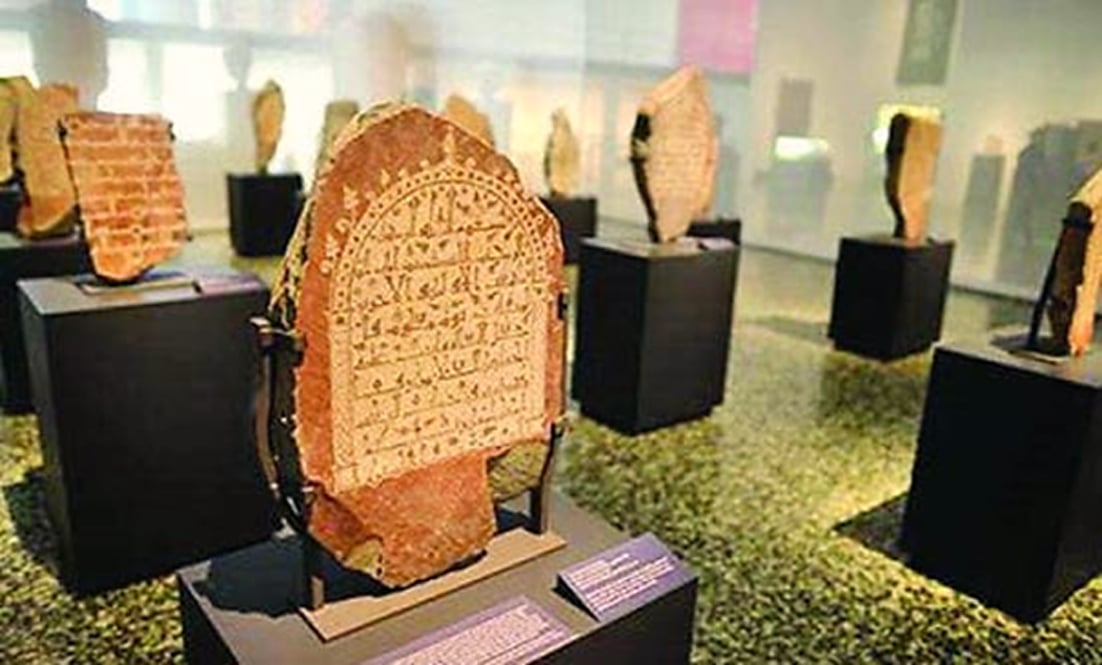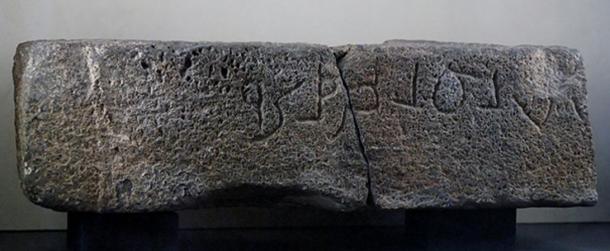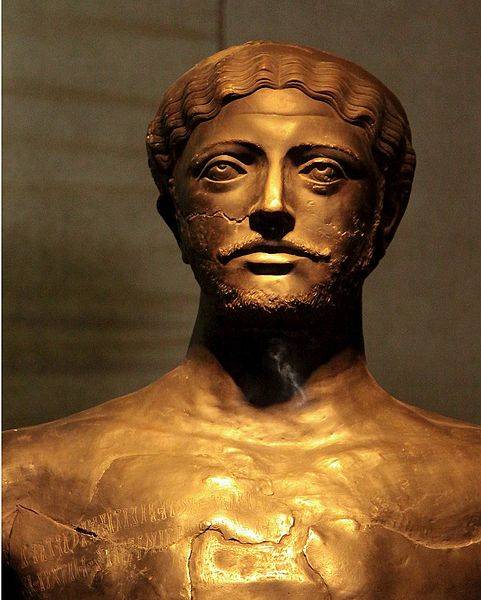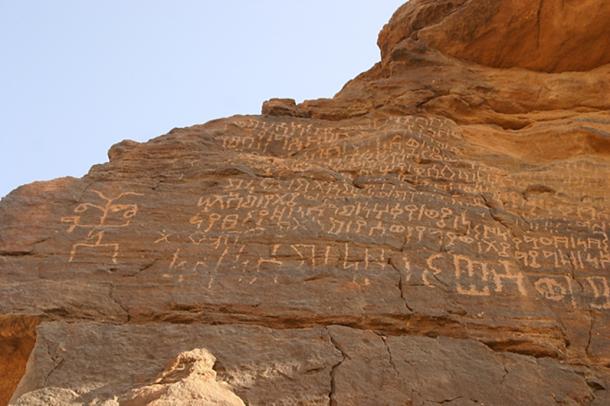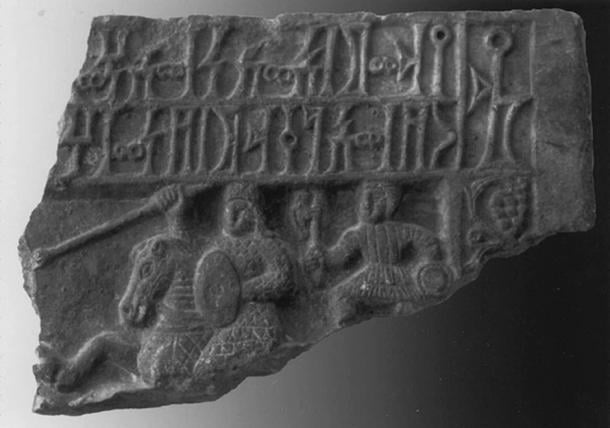- Moderator
- #41
Most of my friend are happy with the mix of groups. They also like to preserve history not destroy it.
sadly war ravaged a lot of history, and especially tourism back home. I empathize with syria and iraq on that point.
I don't think the world will ever truly recover from the damage - whether destruction or looting - ISIS has done to archaeological treasures that have been preserved for thousands of years. It's truly a tragedy
they want the west to pay to rebuild syria.
$15 trillion + to rebuild syria
If we have a problem with the refugees, each nation should pay to rebuild syria so they have a place
............ Assad has said they can return now, no place to put them or supplies they would need.
Two things occur to me...
The archaeological treasures belong, in a sense, to the world - they are part of the foundations of western civilization. In that sense - donations from around the world, would be good (assuming a stable situation is achieved).
Also, I can't help but wonder if something like a "Marshall Plan" might not be helpful? But so much depends on what kind of political solution comes out of the carnage.
There are far too many refugees for the surrounding countries and Europe to absorb now, far far too many, and too much instability.
As long as Assad is there, it would be filling Assad's and alawite pockets
Why do you support Jewish rule over non-Jews and have a problem with Alawite rule over non-Alawites? What is the difference? Is it the fact that the Israeli Jews are better at keeping the non-Jews they rule over unarmed and maintain better control over the non-Jews than the Alawites keep over the non-Alawites?
As far as I recall...."the Jews" haven't been barrel bombing their civilians...you might want to rethink the comparison here Monte....


